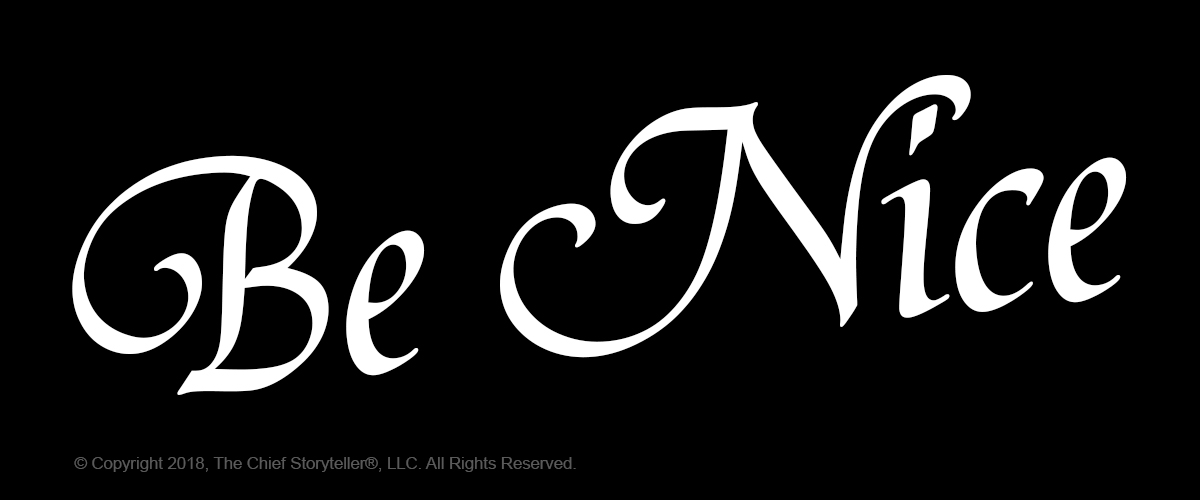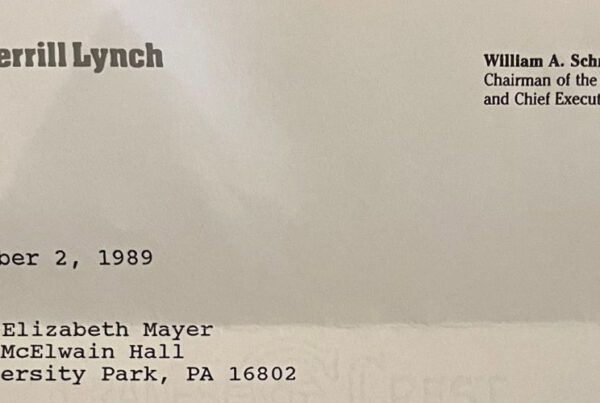
Negative words, whether used on purpose or by accident, can have a big impact on your audience. Potentially, an impact you did not want or plan for.
Imagine you are work. Think about when you hear someone say something negative about a co-worker? Or when someone says something critical about a work product such as a report? How does the negativity color your world about the person and the organization? Do you ignore it? Distance yourself from the person? Or even, offer excuses for him/her?
Whatever you say or write, we believe at The Chief Storyteller®, that whenever possible, be nice, be positive. In many cases, you can indeed turn negative words and phrases into positive ones, while still getting your point across.
Often people write sentences such as, “Bill, this is a great idea, but I don’t like xyz.” As such, everything after the “but” is negative…everything. Instead, be nice and make it positive with, “Bill, this is a great idea. Let’s talk more about xyz to better understand your ideas.”
Examples of negative words include:
- But
- However
- Although
- Except
- Even though
- Unfortunately
- Let me be honest
- This is simple to do
Here are some suggestions to improve your interactions and relationships when it comes to using words:
- Eliminate “but.” Replace it with “and” or a “.” (period)
- Think about the negative aspect of what you are intending to say. Does it really have to be said? If you must communicate a negative idea, re-phrase it to make it more positive
- Do not write/email while angry or upset. Wait at least 10 minutes
- Read what you wrote aloud (not in your head). It helps you to “feel” the emotional level of the words
- If you feel you are about to say something negative, count to 10 (at least five) in your head before speaking
Just as Thumper the Rabbit told Bambi, “If you can’t say somethin’ nice, don’t say nothin’ at all” (from Walt Disney’s 1942 Movie, Bambi ).
Photography Source: © Copyright 2018, The Chief Storyteller®, LLC. All Rights Reserved.



